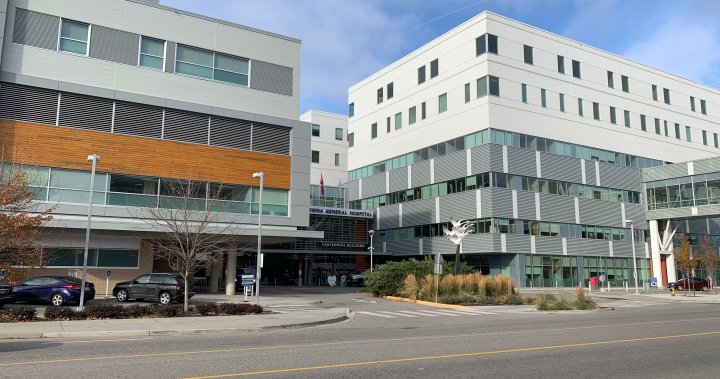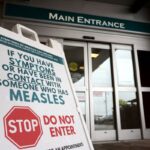As Kelowna residents struggle to find primary care physicians, troubling questions are emerging about Interior Health’s decision to award substantial performance-based pay increases to its executives despite the ongoing healthcare crisis. The stark contrast between executive compensation and frontline healthcare challenges has ignited fierce debate across British Columbia’s interior region.
Documents obtained through freedom of information requests reveal that Interior Health’s top executives received performance-based compensation increases totaling over $450,000 last year, with some individual bonuses exceeding $50,000. This comes at a time when an estimated 40,000 Kelowna residents lack access to a family doctor, creating what many healthcare advocates describe as a “care crisis” in the region.
“It’s difficult to justify these executive bonuses when patients are waiting months for basic care,” said Dr. Melissa Chen, a Kelowna physician who has been vocal about the shortage. “Many of my colleagues are overwhelmed with patient loads, working extended hours, while administrative leadership seems disconnected from these frontline realities.”
Interior Health has defended the compensation structure, noting that executive pay is benchmarked against comparable health authorities and that performance metrics include improving patient outcomes and operational efficiency. In a statement, Interior Health spokesperson James Wilson emphasized that “these compensation packages are necessary to attract and retain top healthcare leadership talent.”
However, critics point to specific metrics that raise concerns about how performance is evaluated. While executive bonuses increased, Kelowna’s urgent care clinics reported a 22% increase in patient visits last year—a statistic many attribute directly to the lack of primary care options. Walk-in clinics throughout the region now routinely close their doors hours before scheduled closing times due to overwhelming demand.
The British Columbia Medical Association has called for a provincial review of healthcare administrative costs, suggesting that resources might be better allocated toward physician recruitment and retention initiatives. Their recent report highlighted that administrative costs in B.C.’s health authorities have grown at twice the rate of direct patient care expenditures over the past decade.
Provincial Health Minister Samantha Miller acknowledged the concerns in a press conference last week, stating that “ensuring administrative efficiency while maintaining proper care delivery is a delicate balance.” She promised a comprehensive review of health authority compensation structures, though no timeline has been established.
For residents like Mark Petersson, these discussions feel removed from the daily reality of healthcare challenges. “I’ve been on waiting lists for three years now,” Petersson explained. “My chronic condition requires regular monitoring, but I’m forced to use emergency services for what should be routine care. It feels like the system is broken while executives get rewarded.”
Healthcare policy experts suggest that the situation in Kelowna reflects broader tensions in Canadian healthcare management. “There’s often a disconnect between administrative performance metrics and the actual delivery of care,” noted Dr. Sandra Tam, healthcare policy researcher at the University of British Columbia. “The challenge is creating accountability systems that truly reflect patient needs rather than bureaucratic efficiencies.”
As Interior Health prepares to announce its upcoming fiscal plan, community advocates are organizing to demand greater transparency and alignment between executive compensation and measurable improvements in patient care. A public forum scheduled for next month aims to bring together healthcare providers, patients, and administrators to address these growing concerns.
The fundamental question facing British Columbia’s interior region remains: In a healthcare system with limited resources, how do we ensure that compensation structures incentivize what matters most—accessible, quality care for all residents? As one Kelowna physician put it, “The measure of success shouldn’t be budgetary performance, but whether people can access the care they need, when they need it.”























